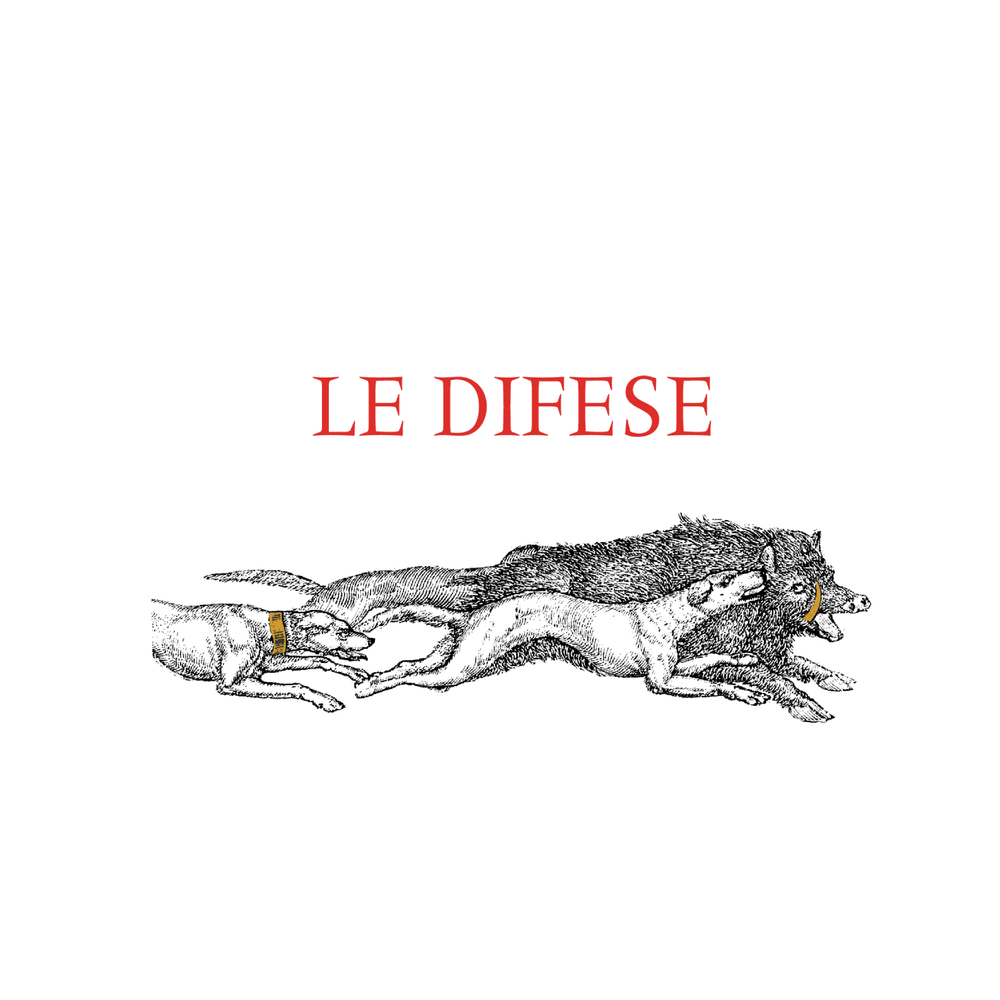Data Shheet
LE DIFESE 2012
CLASSIFICATION
IGT - Toscana
FIRST VINTAGE ON THE MARKET
2002
GRAPES
Cabernet Sauvignon, Sangiovese

Le Difese
SOIL STYLE
The soils on which the vineyards stand has varied and complex terrain features with a strong presence of limestone, feature areas rich in marl and pebbles as well as being partly clayey; they sit at an altitude of between 100 and 300 metres above sea level, with a south/south-west exposure.
WEATHER TRENDS
The weather in 2012 was very unusual. A fairly harsh and prolonged autumn and winter, with repeated snowfall in January, which is very rare in the region. Optimal conditions are needed for trees due to the physiological requirements of the plants and also for natural elimination of pests. Spring started slightly late, with budding beginning about 15 days later than average. From the second week of May, temperatures tended to rise, accelerating the arrival of summer. In mid-June, some rainfall was very beneficial for the plants and the soil's water reserves. July and August were very hot, with temperatures above seasonal averages. However, thanks to the particular position of the land where the estate's vineyards are located - deep, cool, hilly and surrounded by Mediterranean shrubs - the vines were in no way affected by the heat peaks, which were felt more strongly, especially in August. The late sprouting, sea winds during fruit formation and the sudden heat that arrived at the end of spring reduced production, ensuring a natural and optimal distribution of the quantity of grapes per plant, to the benefit of a veraison and subsequent phenolic ripening of the grapes that took place in an optimal manner and without ever being affected by water stress or over-ripening.
HARVESTING
The grapes ripened with good acidity and low alcohol content. The smaller berry size of the Sangiovese grapes, as well as lower production of the plant, made it possible to obtain musts rich in extract and with soft tannins. The harvest was completed towards the end of September for the Cabernet and in the first week of October for the Sangiovese.
FERMENTATION
Careful selection and sorting of the bunches by hand. Soft destemming of the grapes.
Primary fermentation took place in stainless steel vats at a controlled temperature (27-28°C). Maceration on the skins for 13-15 days for the Cabernet Sauvignon and for about 14-18 days for the Sangiovese, with successive phases of pumping over and frequent deléstage to stimulate aromatic extraction and soften the tannins. Malolactic fermentation was carried out in steel and concluded towards the end of November.
AGEING
At the end of the malolactic fermentation, the wine remains in steel for about 3-4 months and temperatures are kept around 10 ° C. Periodic decanting is carried out to eliminate the sediments. The wine then undergoes an aging in wood, with French oak barriques previously used for Sassicaia and Guidalberto, for an average period ranging from 6 to 8 months. At the end of the aging period in wood, the wine returns into the steel tanks where the temperature is stabilized for about 20 days at around 4-5 ° C for the necessary tartaric stabilization, before bottling.